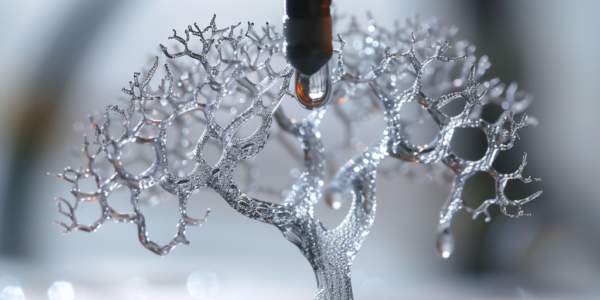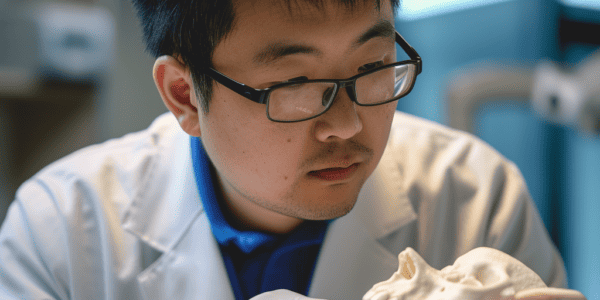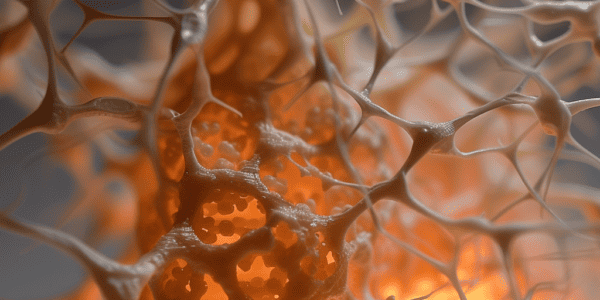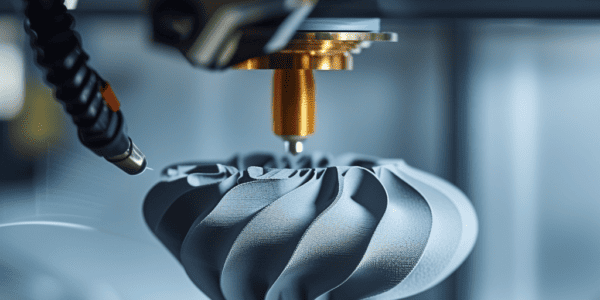Breakthrough in Tissue Engineering: Artificial Cartilage Developed Using 3D Printing Technique
TU Wien (Vienna) has achieved a breakthrough in tissue engineering with the development of artificial cartilage using a unique 3D printing technique. This innovative approach, detailed in a study published in Acta Biomaterialia, could revolutionize the field of regenerative medicine by providing a method to precisely control tissue formation and potentially improve the development of artificial cartilage and other types of replacement tissue.
Revolutionary 3D-Printed Ice Templates for Creating Blood Vessel Networks
Researchers have successfully created blood vessel networks using 3D-printed ice templates, revolutionizing the process of growing transplant organs in a lab setting. This innovative technique addresses the challenge of creating intricate blood vessel networks essential for sustaining artificial organs, offering promising prospects for the future of organ transplantation.
3D printed facial reconstruction research receives $700,000 grant
Dr. Xiao Liu, a researcher at the University of Wollongong, has received $700,000 in funding to develop vital research into facial reconstruction methods for head and neck cancer patients. The funding will support the development of a hybrid 3D printed scaffold that facilitates rapid bone growth and is partially resorbable, aiming to significantly improve the quality of life for post-cancer patients. The research is crucial, as oral cancer ranks among the most prevalent cancers globally, with over 5,300 Australians newly diagnosed in 2023. The Passe and Williams Foundation CEO, Dr. Jeanette Pritchard, expressed excitement for the potential impact of Dr. Liu’s work on the field of oral rehabilitation and survivors of head and neck cancer.
Scientists Develop World’s First 3D-Printed Brain Tissue with Potential to Revolutionize Neuroscience and Brain Disorder Treatments
Scientists in Wisconsin, USA, have achieved a groundbreaking feat in the field of neuroscience by developing the world’s first 3D-printed brain tissue that mimics the functionality of natural brain tissue. This development is a significant stride towards the advancement of treatments for neurological and neurodevelopmental disorders such as Alzheimer’s and Parkinson’s disease. The innovative approach employed by the scientists involved the use of a 3D printer that departed from the conventional method of stacking layers vertically. Instead, they utilized a horizontal layering technique and placed brain cells, specifically neurons derived from induced pluripotent stem cells, in a softer ‘bio-ink’ gel compared to previous attempts. According to Su-Chun Zhang, a professor of neuroscience and neurology at UW–Madison’s Waisman Center, the 3D-printed brain tissue provides a powerful model for understanding human brain cell communication. This breakthrough has the potential to revolutionize stem cell biology, neuroscience, and the understanding of various neurological and psychiatric disorders.
3D Printer Sets New World Record with 2 Minute Benchy Print
Even the best 3D printers take a lot longer than this Printing anything on a 3D printer is an exercise in patience. Though speeds have increased a great deal over the past two years, even the best 3D printers take…





